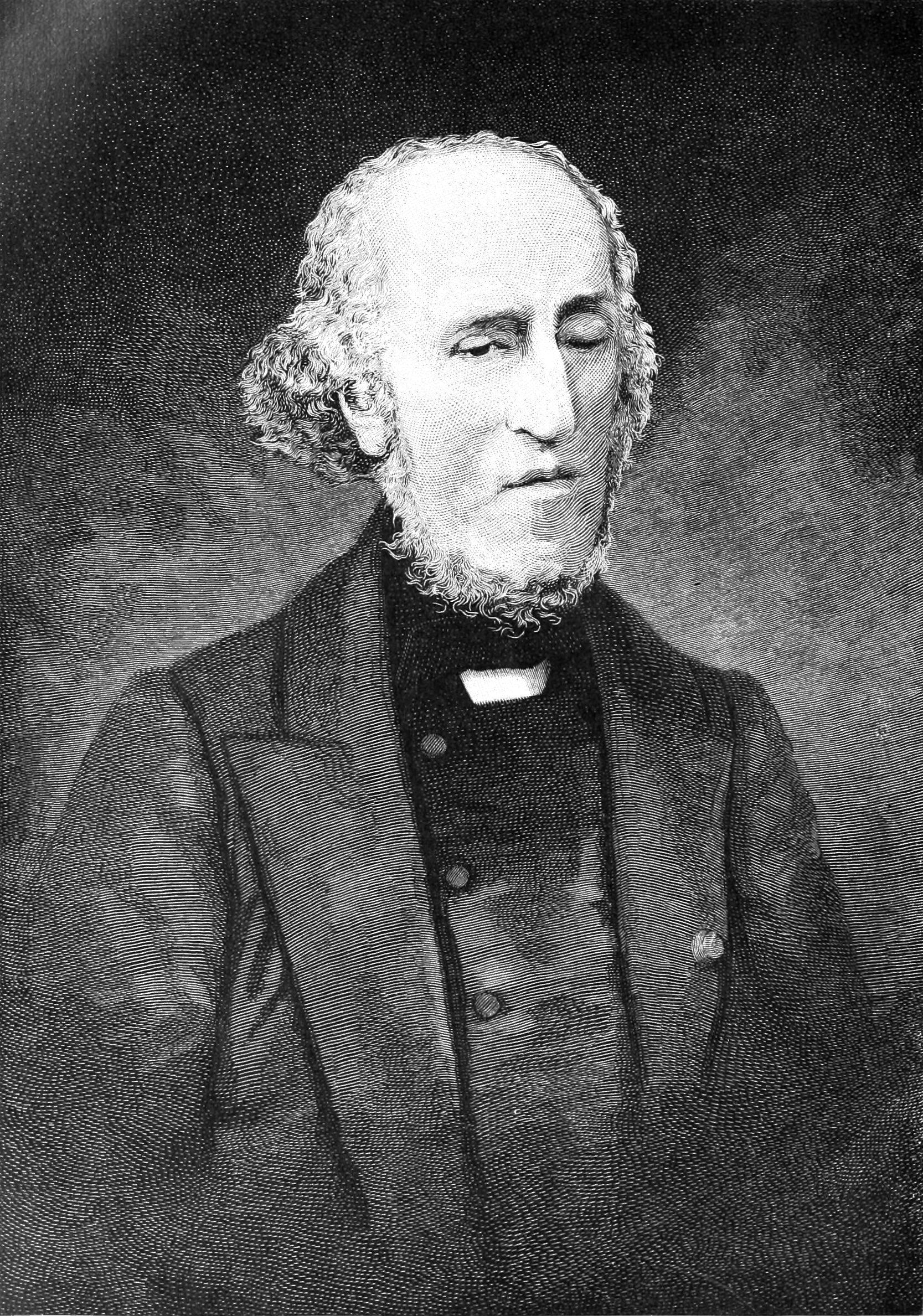Joseph Antoine Ferdinand Plateau was a Belgian physicist. He was one of the first people to demonstrate the illusion of a moving image To do this he used counter rotating disks with repeating drawn images in small increments of motion on one and regularly spaced slits in the other. He called this device of 1832 the Phenakistiscope. Plateau’s early work was in the field of physiological optics. The basis of much of this work was his observation that an image takes an appreciable time to form on, and to disappear from, the retina. In his dissertation (1829) Plateau showed, among other things, that the total length of an impression, from the time it acquires all its force until it is scarcely sensible, is approximately a third of a second. He applied his results to the study o f the principles of the colour mixture produced by the rapid succession of colours. Plateau was one of the first to attempt to measure sense distance. He used the method of bisection, presenting artists with white and black papers and asking them to produce a colour midway between the two. Throughout his career, Plateau was interested in visual perception, and between 1877 and 1882 hepublished a critical bibliography of what he called subjective phenomena of vision. He analysed works from antiquity to the end of the eighteenth century, and listed, with short summaries, nineteenth-century works. In the 1840’s Plateau turned his major energies to the study of molecular forces, throughthe consideration of a weightless mass of liquid. By immersing a quantity of oil in a mixture of water and alcohol, the density of which was equal to that of the oil, Plateau effectively annulled the action of gravity and showed that under these conditions the oily mass formed a perfect sphere.
f the principles of the colour mixture produced by the rapid succession of colours. Plateau was one of the first to attempt to measure sense distance. He used the method of bisection, presenting artists with white and black papers and asking them to produce a colour midway between the two. Throughout his career, Plateau was interested in visual perception, and between 1877 and 1882 hepublished a critical bibliography of what he called subjective phenomena of vision. He analysed works from antiquity to the end of the eighteenth century, and listed, with short summaries, nineteenth-century works. In the 1840’s Plateau turned his major energies to the study of molecular forces, throughthe consideration of a weightless mass of liquid. By immersing a quantity of oil in a mixture of water and alcohol, the density of which was equal to that of the oil, Plateau effectively annulled the action of gravity and showed that under these conditions the oily mass formed a perfect sphere.
The Phenakistoscope — a popular Victorian parlour toy, generally marketed for children is widely considered to be among the earliest forms of animation and the precursor to modern cinema. The device was operated by spinning the cardboard disc, and viewing the reflection of the image in a mirror through a series of moving slits. Through the distortion and flicker, the disc created the illusion that the image was moving. Women danced, men bowed, and animals leapt in short, repeating animations.The Phenakistoscope was eventually supplanted in the popular imagination: firstly by the similar Zoetrope, and then — via Edward Muybridge‘s Zo opraxiscope (which projected the animation) — by film itself. The toy was largely forgotten, relegated to a pre-cinema curiosity. And yet strangely, in the internet age, the concept has come full circle — we find we have returned to producing and sharing similar short, looping animations, reminiscent of a device that preceded the animated GIF by over 155 years.
opraxiscope (which projected the animation) — by film itself. The toy was largely forgotten, relegated to a pre-cinema curiosity. And yet strangely, in the internet age, the concept has come full circle — we find we have returned to producing and sharing similar short, looping animations, reminiscent of a device that preceded the animated GIF by over 155 years.